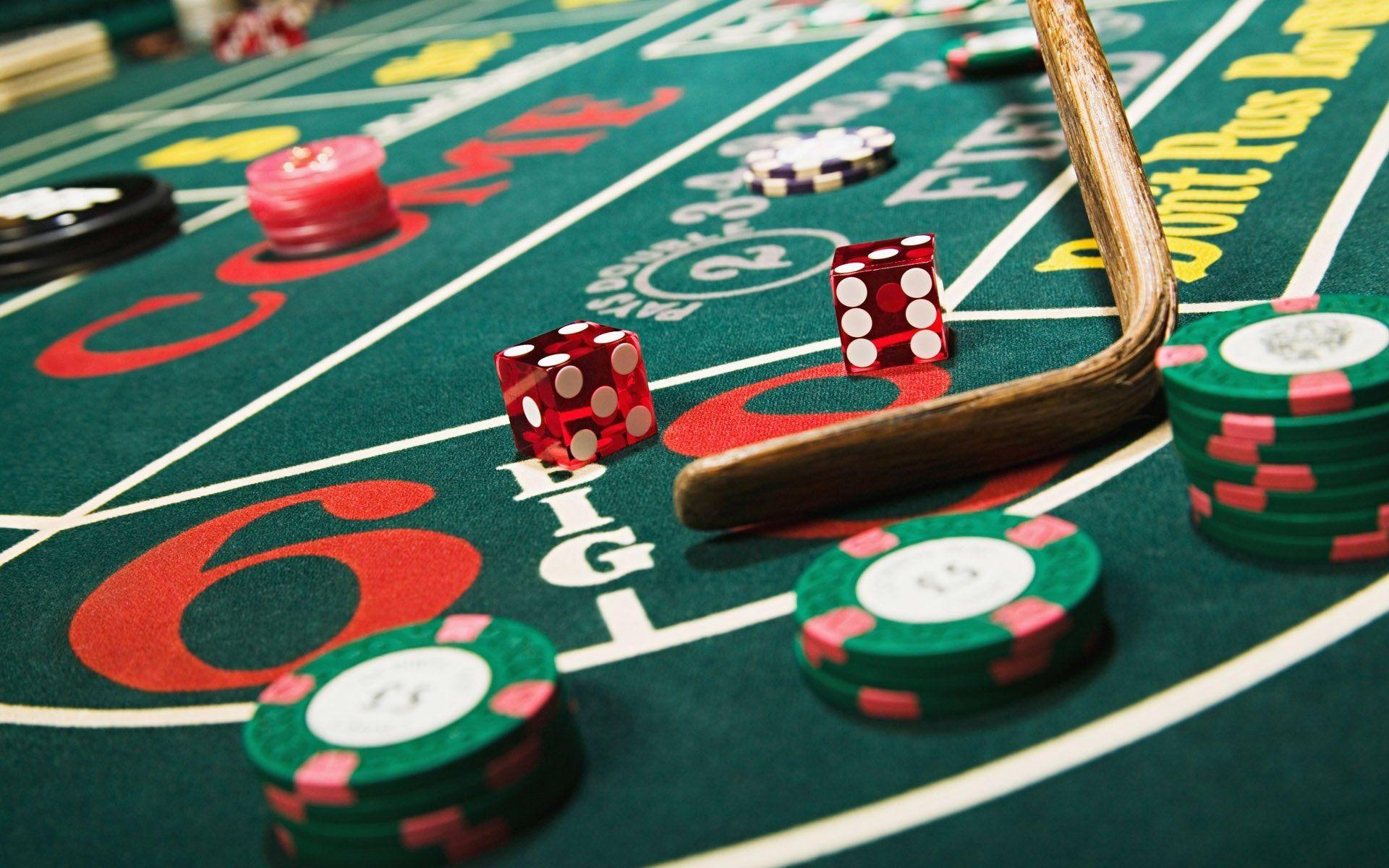The tale of slot machines is a mesmerizing journey that reflects the evolution of recreation and betting throughout the ages. Starting from their humble start in the late 19th century to becoming a mainstay in gambling establishments across the planet, these chance games have experienced remarkable evolutions. Slot machines have enthralled players with their colorful designs, engaging concepts, and the promise of life-changing prizes.
Originally created as mechanical devices with spinning drums and limited symbols, slot machines have transformed into advanced electronic games that incorporate modern tech and dynamic components. In the present day, they attract millions of players, each aspiring to hit the jackpot with just the pull of a switch or the press of a tap. Investigating the captivating background of these machines discloses not just the story of a popular hobby, but also a reflection of societal changes and technological advancements over the ages.
One of the Beginnings of Slot Machines’ History
The story of slot machines begins in the final years of the 19th century, a time when mechanical devices were becoming popular in entertainment venues. The first true slot machine was invented by Charles Fey in 1895, referred to as the Liberty Bell. It featured 3 spinning reels and 5 symbols: hearts, diamonds, spades, a horseshoe, and the famous Liberty Bell. Players would pull a lever to spin the reels, and if the symbols aligned in a particular combination, players won a payout. Fey’s invention quickly captured the attention of gamblers and paved the way for future developments in casino slots games. daga88us.com
As the concept of the slot machine gained traction, various inventors looked to enhance Fey’s design. By the early 1900s, these machines were becoming a common sight in saloons and amusement parks. In 1907, the first electromechanical slot machine was created by Herbert Mills, which featured a more intricate system of payout mechanisms and the iconic fruit symbols that are still linked to slots today. This evolution marked a major shift in the gaming industry, as machines became more engaging and user-friendly, drawing in more players.
The popularity of slot machines remained high throughout the first half of the 20th century, leading to their extensive use in casinos across the United States. However, as legal restrictions on gambling during the Great Depression presented challenges for the industry. Many machines were outlawed, but this did not stop innovators. Instead, they adjusted by creating machines that gave out candy or gum instead of cash prizes, effectively circumventing the restrictions while still offering the thrill of a casino slots game. This creativity kept the spirit of gambling intact, setting the stage for the future resurgence of slot machines in modern casinos.
Evolution of Slot Machine Technology
The story of gambling machines began in the closing 19th century with the debut of the initial traditional devices. Charles Fey, a West Coast engineer, introduced the Liberty Bell in 1895, which boasted three spinning reels and five images: hearts, diamonds, spade symbols, a lucky horseshoe, and the Liberty Bell itself. This simple yet enthralling appearance laid the basis for the future of slot games, creating an immediate appeal for gamblers looking for excitement and a opportunity to win.
As technology progressed, so did the design and operations of gambling devices. By the middle 20th hundred years, electromechanical machines emerged, adding electric parts to boost gameplay and increase payout chances. These advancements enabled for increased sophistication features like various paylines and bigger jackpots. The casinos adopted these innovations, leading to the growth of casino slots as a major provider of revenue within the gambling sector, essentially transforming the slots gaming experience.
The late 20th and early 21st eras heralded the digital revolution, resulting in the introduction of video gambling machines. These gaming units changed out traditional reels with monitors, allowing even more creativity in themes and gameplay features. Players could now experience rich graphics and sound effects, along with dynamic bonus rounds. The transition to internet gambling further changed the slots experience, rendering slots reachable to a global population anytime and everywhere, thus marking a new era in the evolution of gambling device innovation.
A Cultural Impact of Gaming Machines
These gaming machines have become not only a means of leisure; they have woven themselves into the fabric of mainstream culture. Across movies and television shows to music and literature, these famous gaming machines often act as symbols of luck and risk. Films like Casino and Ocean’s 11 notably feature slots, depicting them as exciting yet unpredictable elements of the casino atmosphere. Their distinct attraction lies in the sound of coins clinking, the spinning reels, and the bright blinking lights, which in unison create an exhilarating atmosphere that draws people in.
In addition, slot machines have influenced social gatherings and events, making them a focal point in casinos and gaming venues. Many people do not just go to a casino to gamble; they attend for the entire experience, which encompasses the social interactions and the lively ambiance surrounding these machines. Special contests and themed gaming nights centered around slots also showcase their popularity, fostering community engagement and collective fun among players. This social element has contributed to the machines’ enduring popularity.
The advancement of technology has further transformed this cultural impact. Digital and online slots have expanded access to these games well beyond the walls of physical casinos. Players can now enjoy their favorite casino slot games from home or on the move, leading to the rise of online communities and discussion boards where enthusiasts share strategies and experiences. The continuous innovation in game design and the integration of storytelling have kept the cultural importance of slot machines alive, attracting new generations of players while maintaining a tie to their historical roots.
